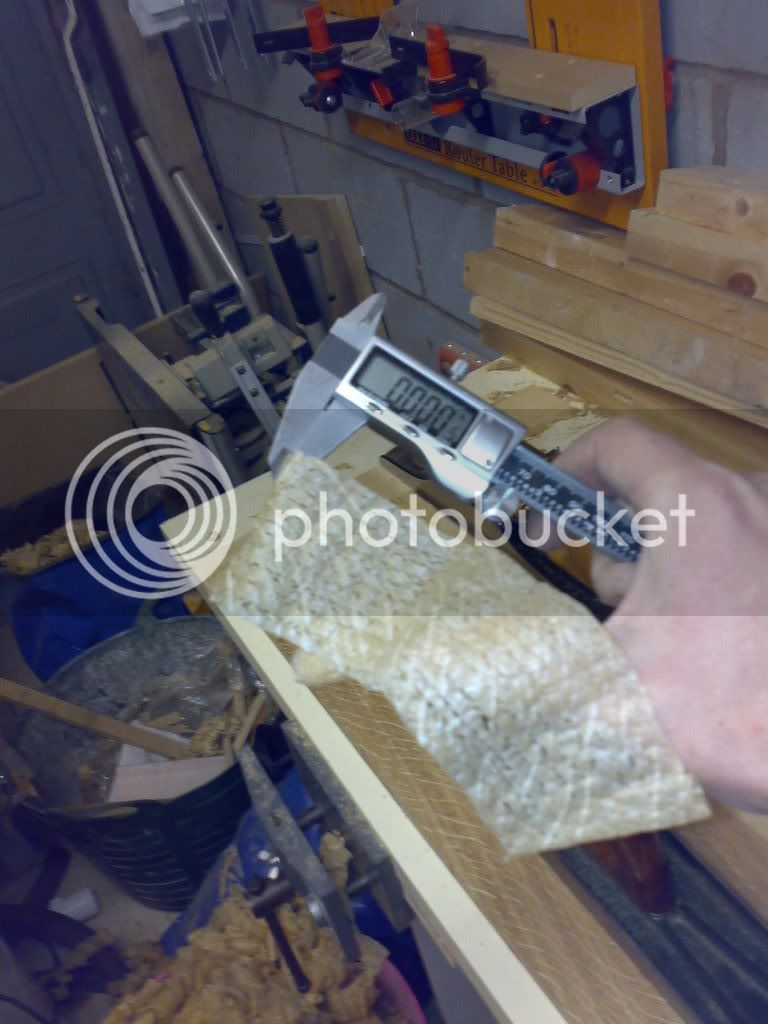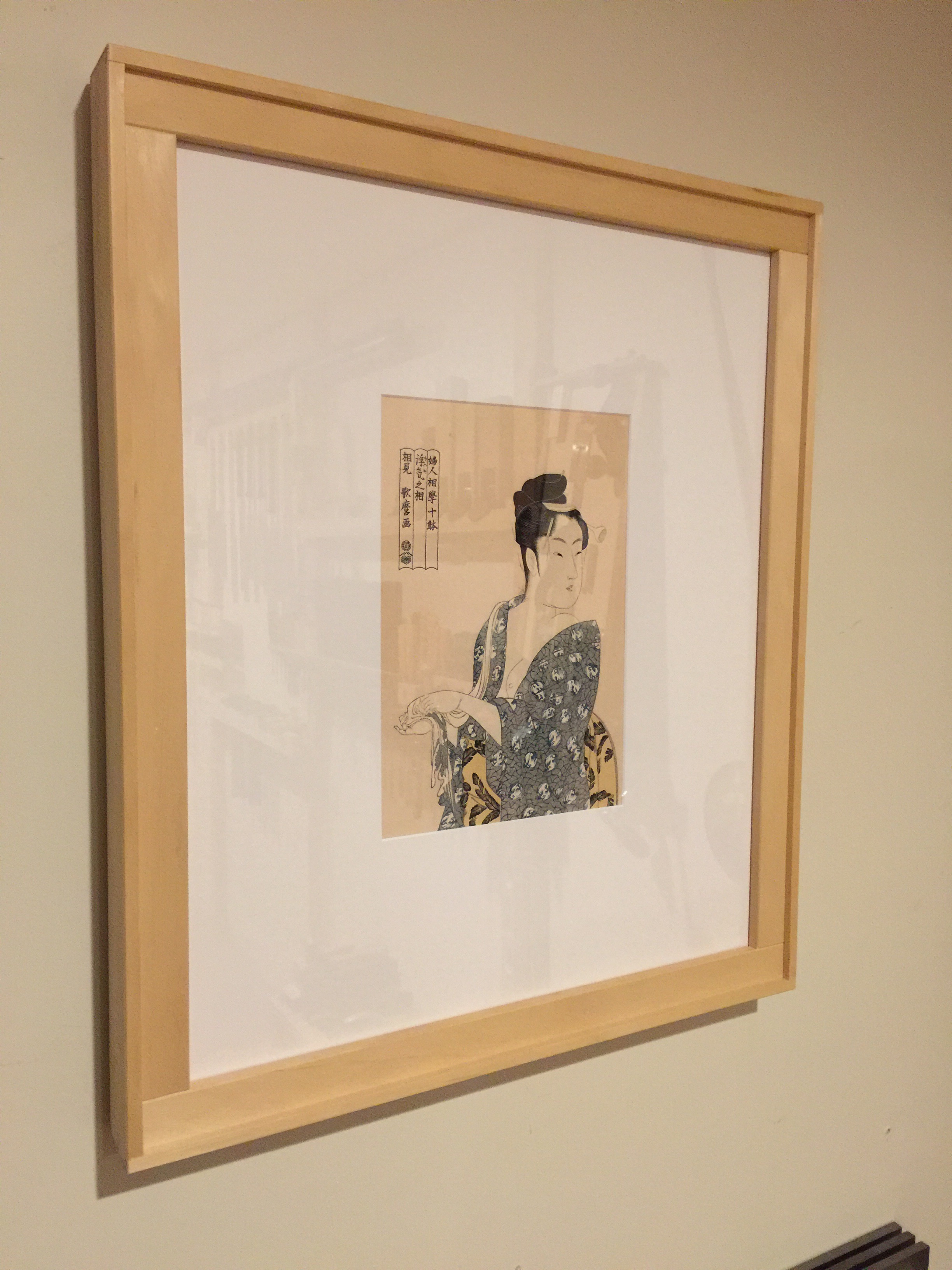If the Japanese can do this with a lump of Oak with a slot in it:
https://youtu.be/kFLt0duNrgc
Why would you even think about a Lie Nielson?! :lol:
https://youtu.be/kFLt0duNrgc
Why would you even think about a Lie Nielson?! :lol:

David C":27jc9vau said:Well Brian, I will have to query that.
I reckon I can get close to half a thou" 0.0005 in English Sycamore or Maple.
I thou" 0.001 is about 25 microns if I have done my sums right.
So this would be close to 12 microns.
This is with my tuned up Stanley 5 1/2 with Hock blade & L-N new C/B.
Happy new year,
David
custard":qnpms3ob said:-Most of these videos, including the one linked, show a shaving that extends across the full width of the board, i.e. they're mainly edge shavings. But edge shavings are a fairly specialised category of planing, in my work that's generally about edge jointing boards to form a top, when I do this it's all about the camber of the iron, I'm not really concerned with the thinness of the shaving. If someone is trying to illustrate a finishing shaving then it would make far more sense to use a much wider board and clearly illustrate how it fades out to nothing at the edges (to minimise ridges) while still being both thin and wide. That would demonstrate far more skill in plane preparation than an edge shaving from a 25mm or 30mm wide board.


Enter your email address to join: